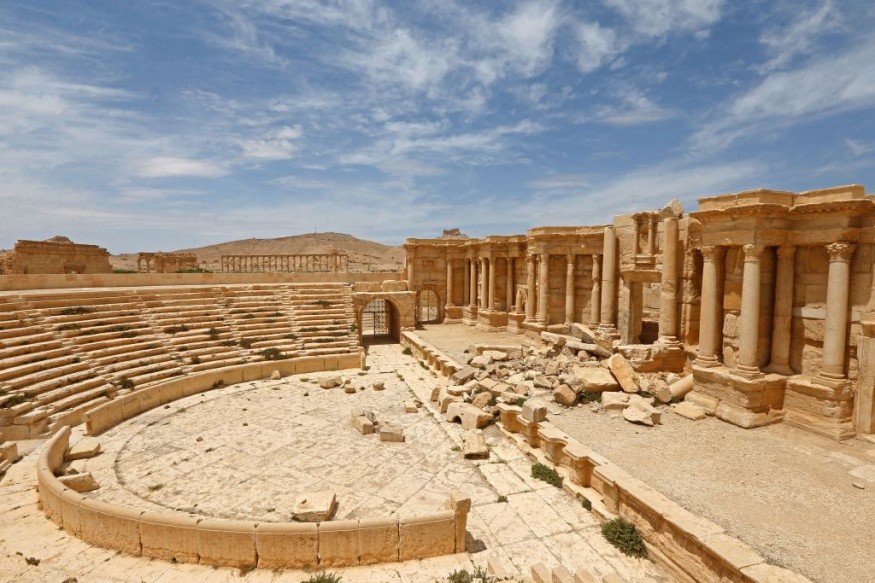
Researchers have always been perplexed by the character of an unidentified deity recorded in writings from the old civilization of Palmyra in modern-day Syria. However recently, a new study postulates to have solved the matter.
The Unknown Deity From Ancient Palmyra
Palmyra as per the analyzation from different expert and researchers alike has been present for millennia and prospered roughly 2,000 years back as a hub of commerce connecting the Roman State with shipping lanes in Asia, like the Silk Road.
As per the recent update under the website of Science in Poland, a media outlet operated by the Polish authorities and citizen media, the nameless god is referenced in several Aramaic writings at Palmyra and is alluded to as "he whose title is praised eternally," "master of the world," and "compassionate." Many of these texts are almost 2,000 years old.
To unravel this puzzle, Aleksandra Kubiak-Schneider, a postdoctoral scientist at the University of Wrocaw in Poland, matched the writings from Palmyra to tablets from the very early millennium B.C. discovered across Mesopotamia, the media website HeadTopics covered.
During her study, Aleksandra Kubiak-Schneider have noticed that the deities revered in Mesopotamia had stylistic similarities to the unnamed deity from Palmyra. For instance, "Bel-Marduk," Babylon's ultimate deity, had also been known as merciful.
Furthermore, According to Science in Poland, the expression master of the globe which is a designation comparable to living God of the cosmos - was sometimes used to allude to Baalshamin, a heavenly deity.
Additionally, Kubiak-Schneider have claimed in recent interviews that the nameless deity referenced in the Palmyra clay tablets is a collection of gods that includes Bel-Marduk as well as Baalshamin.
She further claims that as a gesture of reverence, religious folks did not mention the names of the gods. Moreover, as shown in the update made by Flipboard even before individuals made historical documents requesting heavenly involvement, they were not really addressing a single deity, but instead just every deity who could really respond to their petitions.
"There was no unnamed deity; ever other deity who did listen as well as granted queries surely deserves everlasting plaudits," Kubiak-Schneider explained.
Study Over the Unrecognized Deities
Live Science reached out to researchers and practitioners who were not related to the research study to get their thoughts. The academics that responded were skeptical about the concept.
Leonardo Gregoratti, a research associate who has pretty thoroughly explored the historical record as well as archaeology of Palmyra and the outlying areas inform Live Science in an electronic mail that Kubiak-Schneider demonstrated a scientific theory to the research world, and that each theologian would then consider whether to recognize it or repudiate it, expressing [their] counter points in the latter particular instance.
Yet another research scientist, who requested anonymity, did agree that the unidentified god most presumably makes reference to numerous divinities, however was particularly worried that a few of the Babylonian scriptures analyzed by Kubiak-Schneider antiquated centuries prior than the Palmyra manuscripts.
At the time of publishing, Kubiak-Schneider had not responded to inquiries for commentary. Her findings were subsequently released in the e-book "Dedications sans theonym of Palmyra Blessed (be) his name for forever" (Brill, 2021).
© 2025 NatureWorldNews.com All rights reserved. Do not reproduce without permission.





